 Video marketing is hot. The next best thing to face-to-face public speaking is a video. More businesses are creating video presentations because they know videos attract attention. Youtube is now the second largest search engine after google and for good reason. Video presentations are more engaging and motivational than webinars which have static slides. Video presentations make use of both visual and auditory learning styles but unlike PowerPoint, it's a lot easier to learn a skill by watching a video.
But video alone will not engage your audience. There’s a lot of competition for boring videos. Effective video marketing requires compelling content and good presentation skills.
Video marketing is hot. The next best thing to face-to-face public speaking is a video. More businesses are creating video presentations because they know videos attract attention. Youtube is now the second largest search engine after google and for good reason. Video presentations are more engaging and motivational than webinars which have static slides. Video presentations make use of both visual and auditory learning styles but unlike PowerPoint, it's a lot easier to learn a skill by watching a video.
But video alone will not engage your audience. There’s a lot of competition for boring videos. Effective video marketing requires compelling content and good presentation skills.
This video immediately engages the listener. I'm not endorsing the content or the speaker but the video serves as a good model for capturing and keeping attention. Notice how this video presentation follows all the guidelines. http://www.doubleyourfatlossnow.com/
Here are some tips to keep your audience listening and engaged to your video presentation from beginning to end.
Attract Attention with a Great Title
Titles sell. Here's how to create attractive headlines:
- Use Numbers: Five Ways to Grow Your Business
- Pique Curiosity: Untold Secrets Internet Marketers Don't Want You to Know
- Ask a Question: What is your Reputation Costing You?
- Use Emotion: All Stressed Out and No One to Choke
Get Started Immediately
Attentions spans are short. Make sure the video starts up when opened. Don't allow ads. Introduce yourself and get right to the point. Lengthy introductions are passe.
Get Personal
People buy from people they know, like, and trust. So tell them something personal. Add a photo of yourself, possibly a family member or pet. People relate to animals and a picture of your pet humanizes you and creates a bond with the audience.
Provide A Promise
What will they gain by listening to your video presentation? Provide an agenda or road map. Listeners want to know where you're taking them. A three point agenda works best.
Keep the Action Going Every Three Seconds
The trend in videos is to change scenes every three seconds. Yes, three seconds! I tested this on myself. I noticed that every time I was about to fast forward a video presentation, the scene would change. I found it uncanny that this video was so tuned into my attention span. Looking for a formula, I started to count. One..two..three. The slide changed. One..two..three. The slide changed again. That's how I discovered the three second rule.
Provide Real Value
Nobody will stay tuned for a sales pitch or a rambling message. Effective video marketing offers new information, and promises more data and solutions that the listener desires. Content is king on the internet as well as in videos.
Find Their Point of Pain
Education for the sake of knowledge is noble but it won't sell your product, service, or brand. People need to know you understand their pain.Identify their pain points and offer relief. Your presentation must speak to them directly.
Build Anticipation
In the above video, they tease the audience with the 4 hormones needed to burn fat that the medical profession doesn't talk about. Just like a good soap opera, build anticipation and people will stay tuned.
Entice with your Voice.
Video presentations are a form of public speaking. If you can't afford a professional voice over, make sure you use the deeper range of your voice, articulate clearly, and keep an even pace. If your voice is not your best asset, invite a friend to do the voice over.
Don’t Add a Control Bar
How many times do you try to fast forward to the end? As much as I desire a control bar as a listener, this gives the audience too much control. As long as the video provides strong content and moves quickly, you'll keep the audience listening.
Save the Offer for the Very End
Avoid a sales pitch and focus on education. As you build a convincing case, people will be
ready to buy. Make sure the offer happens at the very end on the last slide. Nobody likes a hard sell.
What are your tips for creating a knockout video?
Send me your links to the best videos you've watched.
 Inaugural speeches come and go and most of them are quickly forgotten. But we all seem to remember Lincoln's Gettysburg address. What did Lincoln know and do in his speech that the other presidents didn't consider in their speeches? One word-Brevity.
When the listeners glance at their watches and their eyes glaze over you know you've lost them. The best way to keep your listener's attention is get to the point-and do it quickly. Here are some quick tips to help you sound presidential and get to the point.
Inaugural speeches come and go and most of them are quickly forgotten. But we all seem to remember Lincoln's Gettysburg address. What did Lincoln know and do in his speech that the other presidents didn't consider in their speeches? One word-Brevity.
When the listeners glance at their watches and their eyes glaze over you know you've lost them. The best way to keep your listener's attention is get to the point-and do it quickly. Here are some quick tips to help you sound presidential and get to the point.

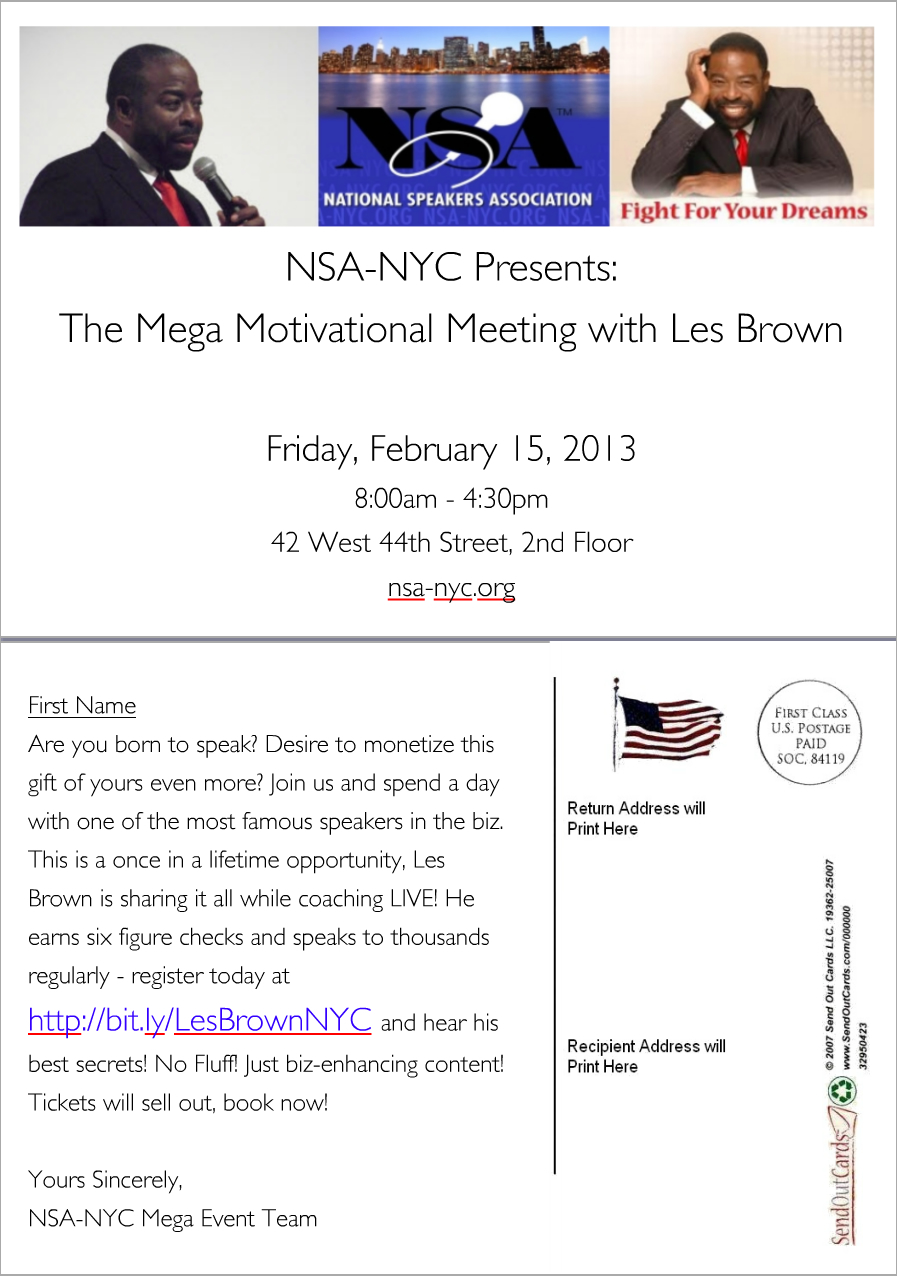

 It's 8:15 p.m. on a Thursday night. I'm at home in front of my computer. The phone rings. I say hello twice before I get an answer. This is always a telltale clue that it's a telemarketer calling. "May I speak to Diane DiResta?," she asks. "Speaking," I reply. She begins to talk about bank security and identifies the bank she is representing. I have an account there so I listen. She continues reading her script about completing a survey. I never participate in surveys but because it's my bank I continue to listen. But she continues reading and I don't know where this is going. Finally, in an annoyed tone, I said, "STOP! You're reading. What is it that you want to know?" She responded by saying, "Have a horrible day and hung up. Okay, it wasn't my finest hour. Maybe I could have said that more sweetly. But I don't like my time wasted and these uninvited calls are an intrusion in my personal life. The point of the call is to get information not to practice reading out loud. Cut to the chase!
Marketers who create these scripts have no understanding of
It's 8:15 p.m. on a Thursday night. I'm at home in front of my computer. The phone rings. I say hello twice before I get an answer. This is always a telltale clue that it's a telemarketer calling. "May I speak to Diane DiResta?," she asks. "Speaking," I reply. She begins to talk about bank security and identifies the bank she is representing. I have an account there so I listen. She continues reading her script about completing a survey. I never participate in surveys but because it's my bank I continue to listen. But she continues reading and I don't know where this is going. Finally, in an annoyed tone, I said, "STOP! You're reading. What is it that you want to know?" She responded by saying, "Have a horrible day and hung up. Okay, it wasn't my finest hour. Maybe I could have said that more sweetly. But I don't like my time wasted and these uninvited calls are an intrusion in my personal life. The point of the call is to get information not to practice reading out loud. Cut to the chase!
Marketers who create these scripts have no understanding of  Words are dying.
Words are dying. Resolve to delete three deadly words from your vocabulary this year. We make resolutions on January 1st and then we go back to our usual habits in less than a month. But you can't afford to let your communication and presentation skills slide. Why? It's a new game. It's tougher, more competitive, and harder than ever to be heard above the noise.
Your speech can undermine your success in an interview, a sales presentation, or a promotion opportunity. And it can sabotage your leadership. Jargon, non-words, and slang will not serve you.
Resolve to delete three deadly words from your vocabulary this year. We make resolutions on January 1st and then we go back to our usual habits in less than a month. But you can't afford to let your communication and presentation skills slide. Why? It's a new game. It's tougher, more competitive, and harder than ever to be heard above the noise.
Your speech can undermine your success in an interview, a sales presentation, or a promotion opportunity. And it can sabotage your leadership. Jargon, non-words, and slang will not serve you.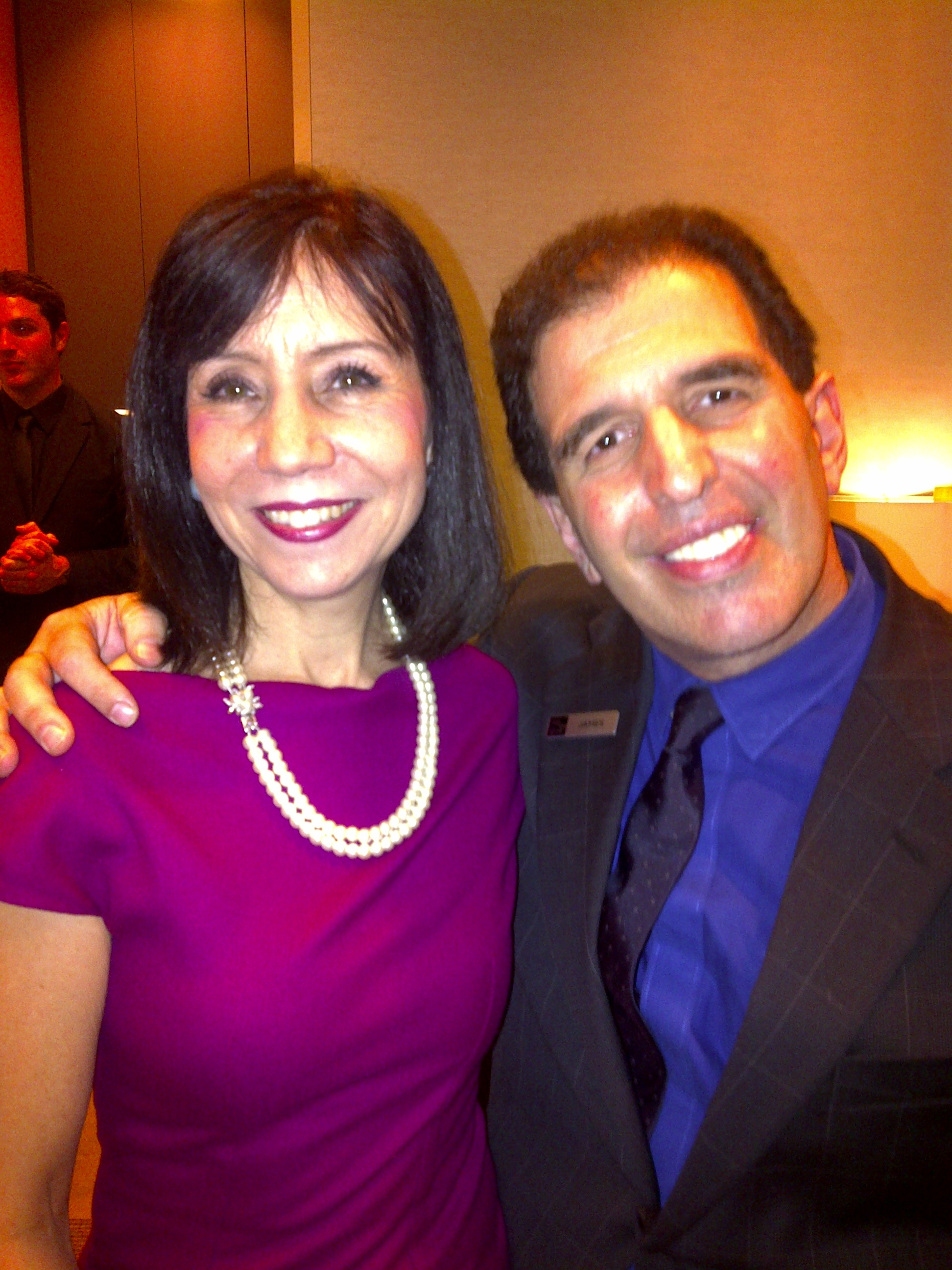 New York, NY (Dec 12, 2012) -- Diane DiResta, CEO of DiResta Communications and author of
New York, NY (Dec 12, 2012) -- Diane DiResta, CEO of DiResta Communications and author of  Back in September, I wrote about
Back in September, I wrote about 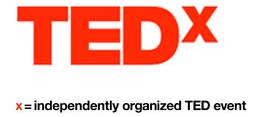 TED.com
TED.com  When I first started out in my speaking business, I was hired by American Management Association to give public seminars in public speaking and presentation skills.
One day, the program director sent around a memo stating that all AMA presenters were expected to arrive early to the class. It was not acceptable to show up at 9:00 a.m. What? Who would do that? I always arrived an hour early.
When I first started out in my speaking business, I was hired by American Management Association to give public seminars in public speaking and presentation skills.
One day, the program director sent around a memo stating that all AMA presenters were expected to arrive early to the class. It was not acceptable to show up at 9:00 a.m. What? Who would do that? I always arrived an hour early.
 Josephine "Jody" Prestovino single-handedly brought missing federal supplies to Staten Island, New York by using her voice. Jody lost her home during hurricane Sandy and spoke on behalf of her own community with no media training. She looked directly at the camera and said, "Obama promised to cut through the red tape, but we've seen nothing. Nobody is here."
It's because she spoke with conviction and passion that she had an impact.
Josephine "Jody" Prestovino single-handedly brought missing federal supplies to Staten Island, New York by using her voice. Jody lost her home during hurricane Sandy and spoke on behalf of her own community with no media training. She looked directly at the camera and said, "Obama promised to cut through the red tape, but we've seen nothing. Nobody is here."
It's because she spoke with conviction and passion that she had an impact.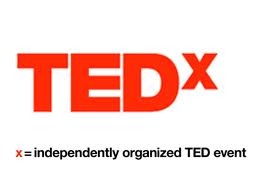 TED
TED  Video marketing
Video marketing The first presidential debate on October 3, 2012 belongs to Mitt Romney. It was a clear win in terms of content and delivery. Both candidates began cordially and gracefully. The President acknowledged his wife on the evening of their 20th anniversary. Mitt Romney also congratulated him and quipped about how Obama probably didn't want to spend a romantic evening on stage with him.
Both candidates are skilled public speakers. They each looked presidential but Romney owned the room with his rapid fire responses, his knowledge of the facts, and his aggressive approach. He seemed more relaxed and natural and was finally able to humanize his image by talking about people he had met on the campaign trail and correcting any inaccuracies about his policies. What was especially effective was his ability to speak crisply as he quickly enumerated three to four points he wanted to make. He made direct eye contact with Obama and his passion was evident. Gone was his robotic delivery.
The first presidential debate on October 3, 2012 belongs to Mitt Romney. It was a clear win in terms of content and delivery. Both candidates began cordially and gracefully. The President acknowledged his wife on the evening of their 20th anniversary. Mitt Romney also congratulated him and quipped about how Obama probably didn't want to spend a romantic evening on stage with him.
Both candidates are skilled public speakers. They each looked presidential but Romney owned the room with his rapid fire responses, his knowledge of the facts, and his aggressive approach. He seemed more relaxed and natural and was finally able to humanize his image by talking about people he had met on the campaign trail and correcting any inaccuracies about his policies. What was especially effective was his ability to speak crisply as he quickly enumerated three to four points he wanted to make. He made direct eye contact with Obama and his passion was evident. Gone was his robotic delivery.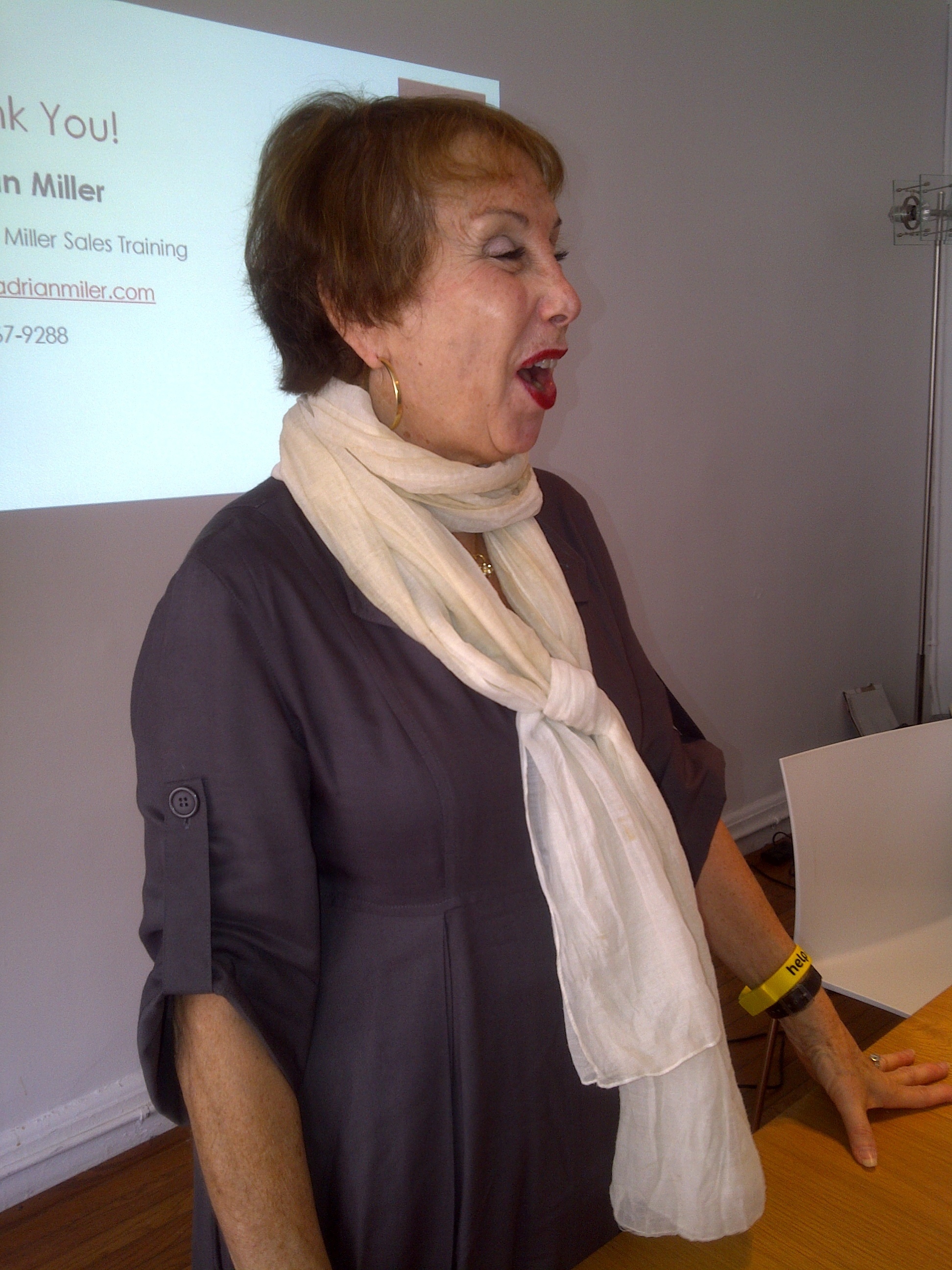
 On Friday, Ford Saeks spoke to the
On Friday, Ford Saeks spoke to the  The political stage is a fascinating study of the power of the presentation. When it comes to public speaking and
The political stage is a fascinating study of the power of the presentation. When it comes to public speaking and